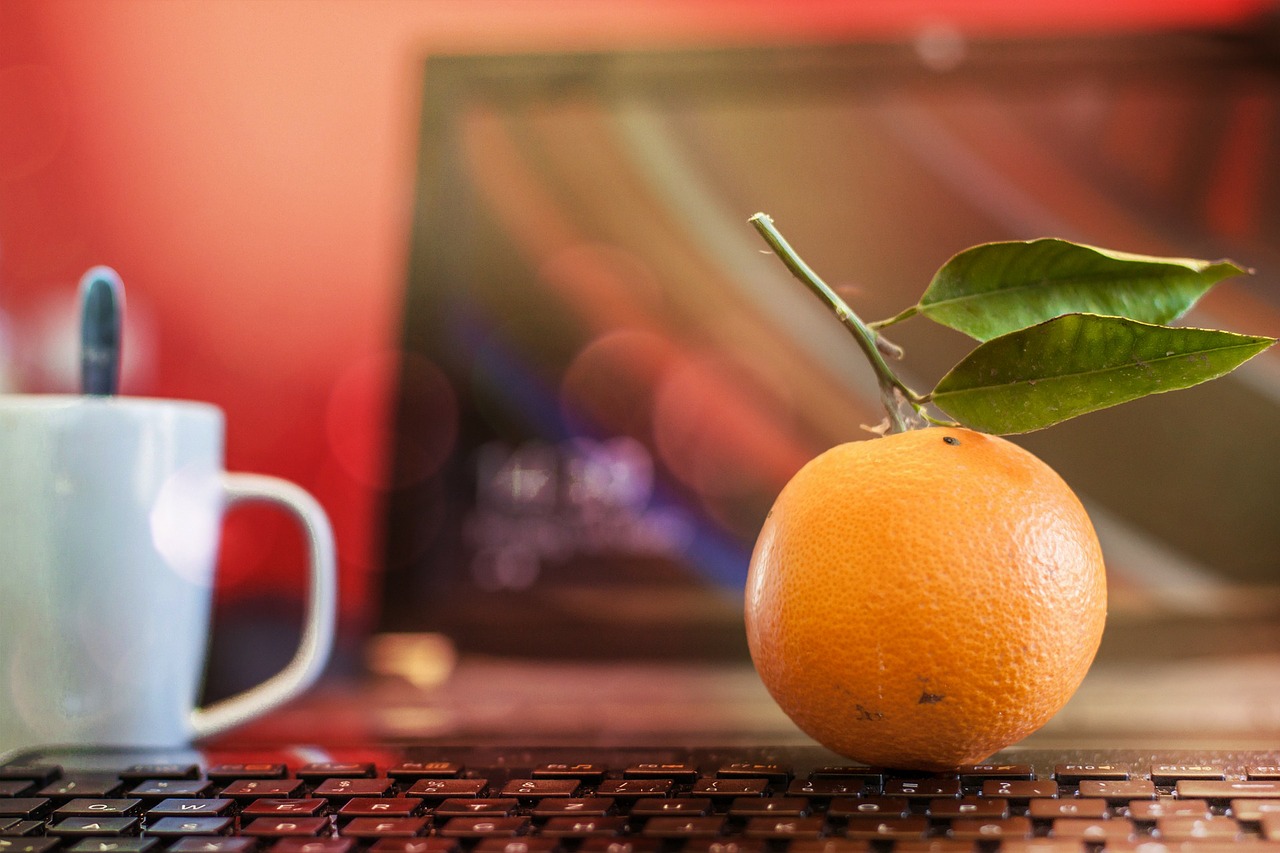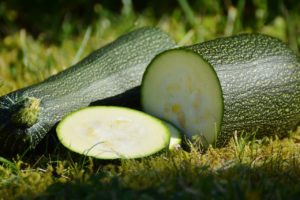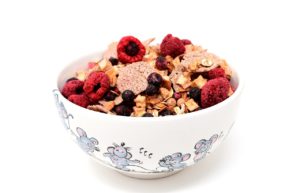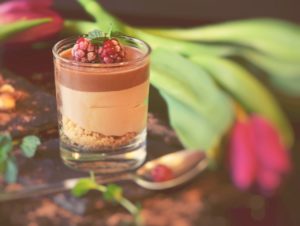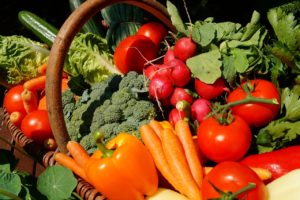When you were growing up your mom may have fought to get you to eat your vegetables. Or maybe you’re the parent fighting with your kids to eat the right foods. What many of us don’t know is that our food also fights for us.
My mom used to dress the dinner plate in full matching regalia; yellow squash nestled next to green asparagus. Red and yellow peppers tossed around the salad added spectacular color. Now dear mom knew these foods were healthy and she loved to decorate my plate with the colors of the season, but did she know that these wholesome foods contain phytochemicals?
Phytochemicals are the active substances in plants that give them their color, flavor, odor, and protection against plant diseases. Phytochemicals work as powerful antioxidants, which can increase our resistance to disease and boost immunity.
While most research focuses on the anti-carcinogen effects of phytochemicals, the results are equally important to those who just want to boost their immune system or help reverse the aging clock.
Scientists at the Human Nutrition Research Center on Aging (HNRC) rated 60 fruits and vegetables for potency of antioxidants, which stabilize cells and help fight the damaging effects of free radicals, molecules that weaken the immune system. Antioxidants can help keep cancer, heart disease and other degenerative conditions at bay.
The top scoring fruit in the HNRC study was blueberries followed by strawberries, prunes, black currants and boysenberries. The deeper the color, the better for you. Many of these antioxidants also have anti-inflammatory properties, and some naturally reduce blood cholesterol.
It’s important to fill your diet with all the colors of the food rainbow. Eat the blues, reds, purples, oranges, yellows, and greens.
Fresh or Frozen Produce?
It’s okay if you don’t have time to steam your own fresh veggies, studies by the FDA and the University of Illinois show that frozen fruits and vegetables are nearly as nutritious because they can wait to be picked until they’re at the peak of freshness.
Fresh produce is usually picked early, before it’s ripe and fully nutritious, so that it ships well.
But if you’re lucky enough to grow your own fruits or vegetables, or you can buy straight from a farm – then that’s where you’ll find the most nutritious fruits and vegetables!!!
What about supplements?
The value of most supplements is, at best, ineffective. The power of phytochemicals seems to be lost when removed from food, except if you’re fortunate enough to find a high quality ‘greens drink’.
Drinking one glass of a quality ‘greens drink’ supplies more than 5 servings of powerful, phytochemical rich nutrition.
Other Phyto Foods :
Phyto foods come in many varieties and for all palates. Among the most common sources are:
FRUITS: Apples, apricots, avocados, bananas, berries, cherries, citrus fruits, grapes, kiwi fruit, lemons, mangoes, melons, nectarines, oranges, papayas, peaches, pears, plums. GRAINS: Barley, cornmeal, whole grain, quinoa, brown rice, wheat germ. NUTS and SEEDS: Flaxseed (a small brown seed used in cooking), macadamia, pecans, sesame seeds, walnuts. VEGETABLES: Asparagus, beans, beets, broccoli, brussel sprouts, cabbage, carrots, celery, cauliflower, corn, eggplant, dark leafy greens and lettuces, mushrooms, onions, green and dried peas, sweet and hot peppers, white and sweet potatoes, pumpkin, soybeans, watercress, winter squash, tomatoes, and a host of others.

